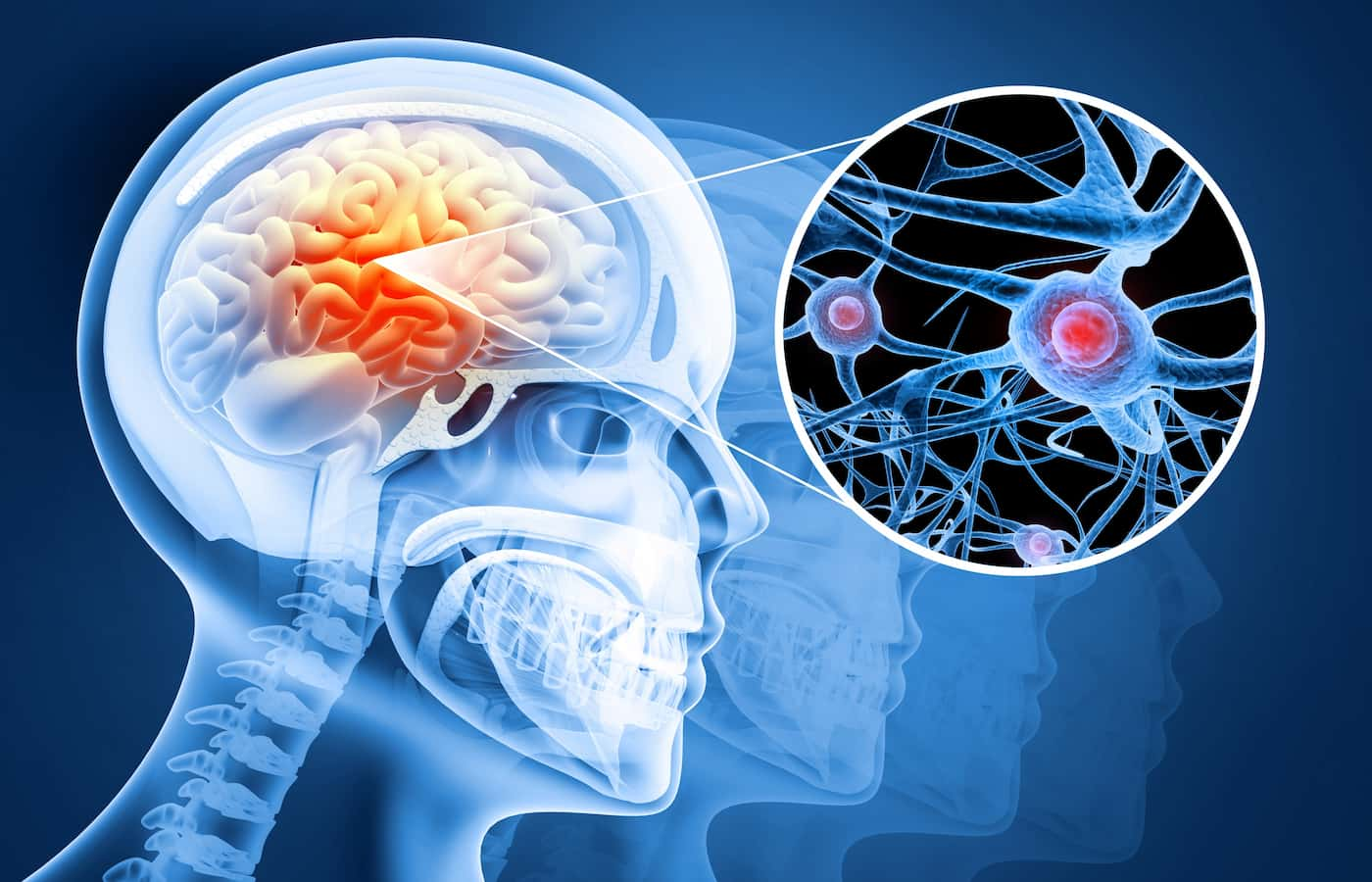
The Road to Recovery: What to Expect After a Craniotomy for Head Trauma?
Head trauma can be a life-altering event, and in some cases, a craniotomy may be necessary to treat the injury. A craniotomy is a surgical procedure where part of the skull is removed to gain access to the brain. It is a serious procedure that requires a significant recovery period. In this article, we will discuss what to expect after a craniotomy for head trauma, and the road to recovery.
The first step in the recovery process is to stay in the hospital for a few days after the surgery. This is to ensure that there are no complications and that the patient is stable enough to be discharged. During this time, the patient will be monitored closely by healthcare professionals to manage pain, ensure proper healing, and monitor for any signs of infection.
After leaving the hospital, the patient will need to rest at home for several weeks, with limited physical activity. The head will be wrapped in a bandage or a special helmet to protect the incision site and to help with swelling. It is important to follow the instructions of the healthcare professional on how to care for the incision site, such as keeping it clean and dry.
It is common to experience headaches, nausea, and dizziness after a craniotomy. These symptoms may persist for a few weeks, but they should gradually improve. Patients should take prescribed pain medication and avoid activities that could increase the pressure inside the head, such as bending over or straining.
During the recovery period, patients will also need to attend follow-up appointments with their healthcare professionals. These appointments will be used to monitor the healing process and to check for any signs of complications, such as an infection or fluid buildup. The healthcare professional may also recommend rehabilitation or physical therapy to help regain any lost functions, such as mobility or speech.
It is important to note that the recovery process may vary for each individual, and it can take several months to a year to fully recover from a craniotomy. However, the majority of patients are able to resume their normal daily activities after a few weeks or months, depending on the severity of the head trauma and the success of the craniotomy.
Craniotomy for Head Trauma
After the craniotomy for head trauma, patients are typically monitored in the recovery room for a few hours before being transferred to a hospital room. Pain medication may be given to manage any discomfort, and patients may also receive antibiotics to prevent infection.
During the hospital stay, patients will be closely monitored for any complications or signs of infection. They may also undergo imaging tests, such as CT scans or MRI scans, to check the healing progress and ensure that there are no complications.
In the days and weeks following the procedure, patients will need to rest and take it easy. They may experience headaches, fatigue, and dizziness, which are common side effects of the surgery. It’s important to avoid strenuous activities, such as lifting heavy objects or engaging in rigorous exercise, until cleared by a doctor.
Patients will need to follow any instructions given by their healthcare provider regarding wound care and medication management. They may also need to attend follow-up appointments with their surgeon to monitor their progress and ensure that the healing process is going smoothly.
Overall, the recovery process after a craniotomy can vary depending on the reason for the procedure and the individual patient’s health and circumstances. It’s important to follow all post-operative instructions and attend all follow-up appointments to ensure the best possible outcome.

Craniotomy for Head Trauma: What to Expect at Home?
After a craniotomy procedure, patients will typically spend several days in the hospital for monitoring and recovery. Once they are discharged, they will need to continue their recovery at home. Patients can expect to feel tired, weak, and have some pain or discomfort for the first few weeks after the procedure. It’s important to follow the doctor’s orders for rest and activity during this time to allow the body to heal properly.
Patients may also need to take pain medication and antibiotics to prevent infection. They will need to keep the incision site clean and dry and watch for any signs of infection such as redness, swelling, or drainage.
Patients may need assistance with daily activities such as bathing, dressing, and household chores during the initial recovery period. They should avoid any strenuous physical activity, including heavy lifting or exercise, until cleared by their doctor.
Follow-up appointments with the doctor will be necessary to monitor healing and ensure that the recovery process is progressing as expected. It’s important to keep all scheduled appointments and follow the doctor’s instructions for post-operative care to ensure the best possible outcome.
Is There Any Complications Associated with Craniotomy for Head Trauma?
As with any surgical procedure, there are risks associated with craniotomy. These can include bleeding, infection, and swelling in the brain. In some cases, the brain may shift during the procedure, leading to additional damage. Other risks can include damage to the brain tissue, seizures, and changes in cognitive function.
It’s important to discuss the risks and benefits of the procedure with your doctor before deciding to proceed with a craniotomy. Your doctor can evaluate your condition and medical history and help you make an informed decision about whether a craniotomy is the best course of treatment for your specific case.
The Study of Craniotomy For Head Trauma
In a recent study published in the Journal of Neurosurgery, researchers conducted a comprehensive analysis of the post-craniotomy recovery process for patients with traumatic brain injuries. The study, which included a large sample of patients who underwent craniotomy procedures, aimed to identify the most common complications and challenges faced during the recovery period. The results highlighted that patients with severe traumatic brain injuries experienced more prolonged recovery periods and a higher incidence of complications, such as infection and cognitive impairment, compared to those with less severe injuries. This study emphasizes the importance of tailored care and support for individuals based on the severity of their condition to optimize their recovery outcomes.
Recovery Process After a Craniotomy for Head Trauma?
The recovery process after a craniotomy can vary depending on the reason for the procedure and the extent of the damage. In general, patients will be monitored closely in the hospital for several days following the procedure. This may involve monitoring of brain activity, blood pressure, and other vital signs to ensure that the patient is stable and recovering well.
Patients may experience pain, swelling, and discomfort in the area of the incision, as well as some degree of cognitive impairment. This can include difficulty with memory, attention, and decision-making, as well as changes in mood and behavior. Physical therapy and rehabilitation may be recommended to help patients regain strength and mobility.
In some cases, patients may need to take medications to manage pain and prevent seizures. It’s important to follow your doctor’s instructions closely and attend all follow-up appointments to ensure that you are recovering properly and receiving the necessary care and treatment.
In conclusion, a craniotomy is a complex surgical procedure that can have significant risks and benefits. It’s important to discuss the procedure with your doctor and carefully consider the risks and benefits before deciding to proceed with the surgery. With proper care and monitoring, however, many patients are able to make a full recovery and regain their quality of life.
Healthy Turkiye Notes
Craniotomy is a surgical procedure that involves opening the skull to access the brain. It is often used to treat a range of conditions, including traumatic brain injury, brain tumors, and cerebral aneurysms. While the procedure carries risks, such as infection, bleeding, and neurological damage, it can also provide significant benefits in terms of improving the patient’s quality of life and preventing further brain damage.
The recovery process after a craniotomy can vary depending on the individual and the reason for the surgery. Patients may experience a range of symptoms, including headaches, fatigue, and cognitive changes, and may need to take medication or undergo rehabilitation therapy to aid in their recovery. It’s important for patients to closely follow their doctor’s post-operative instructions and attend all follow-up appointments to monitor their progress and ensure proper healing.
While the road to recovery after a craniotomy may be challenging, many patients are able to make a full recovery and resume their daily activities. With the help of medical professionals and support from loved ones, patients can navigate the recovery process and work towards regaining their quality of life.



